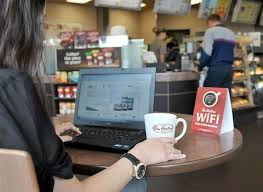Free Food Safety and Career Development Training and Resources

Fr ee training is available by ServSafe that specializes in training restaurant and hospitality staff. With restaurant owners faced with the challenges of preparing to re-open, ServSafe offers a number of courses such as ServSafe Delivery-COVID-19 Precautions and ServSafe Reopening Guidance: COVID-19 Precautions . The real advantage is that this training provides participants a certificate to hang on their door to reassure customers that the establishment takes safety seriously and is adhering to a standard of service . Many professionals in the field of hospitality may already be familiar with ServSafe Food Handling as many health departments require it. You can register for the courses available here .






